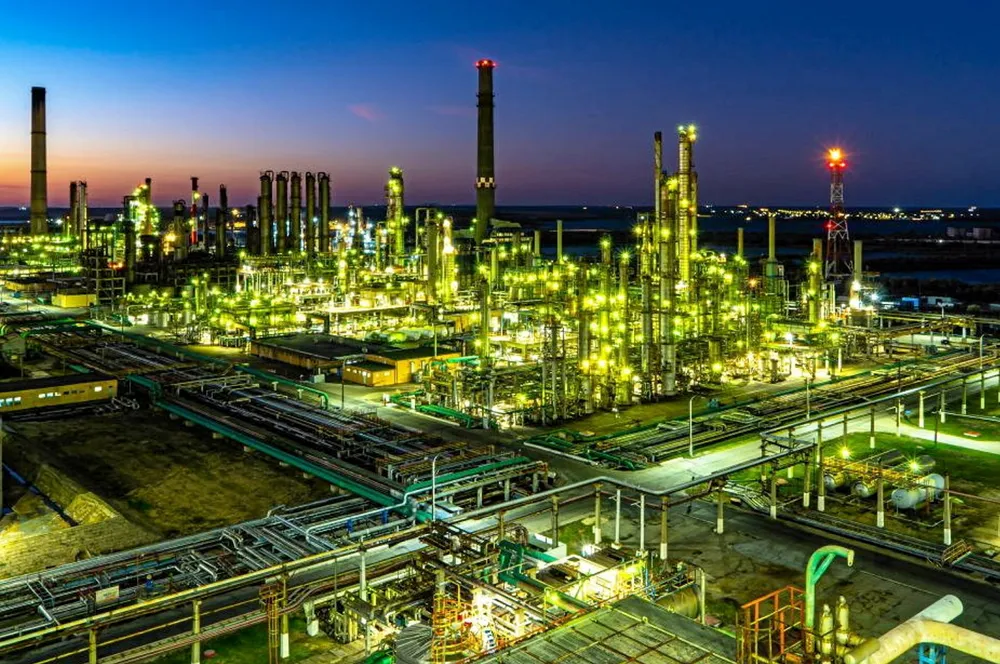Oil companies could face fines of more than $200m a year if they do not meet clean hydrogen quotas under new Romanian law
At least 42% of hydrogen used by industry must be green by 2030, with fuel suppliers required to use renewable H2 for 5% of their total energy content, according to new legislation
